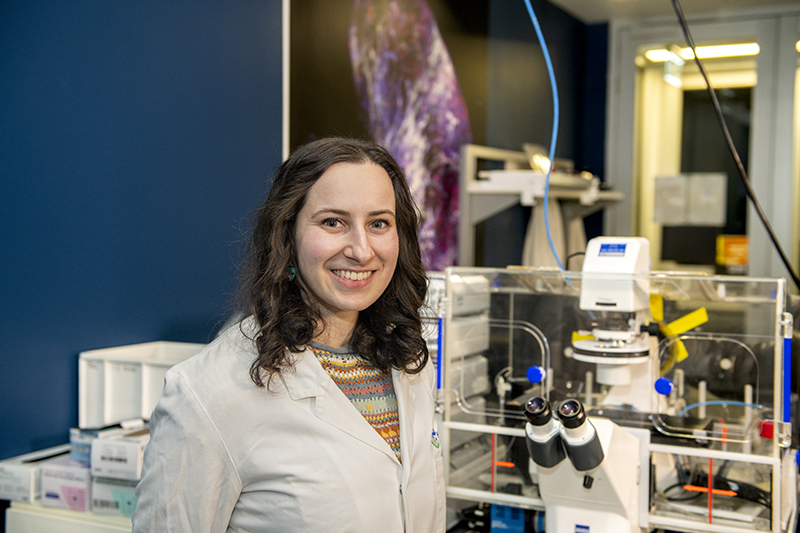Understanding how cancer cells spread
Researchers are using multiplexed, 3-dimensional imaging to combine information about cancer cell movement and blood vessel structure to better understand how tumour cells invade other tissues.
Breast cancer is one of the leading causes of death in Australian women, with one in seven women diagnosed with the disease in their lifetime. Stage 4 (metastatic) disease has a significantly lower survival rate than early-stage breast cancer.
Cancer cells spread from their initial site of growth at the primary tumour to secondary organs. It is vital to understand this aspect of disease progression as this will help in the development of treatments to reduce disease burden and mortality.
Sabrina Lewis, a PhD student supervised by Associate Professor Kelly Rogers and Dr Verena Wimmer, is using multiplexed, 3-dimensional imaging to combine information about cancer cell movement and blood vessel structure to better understand how tumour cells invade other tissues. She hopes this will lead to breakthroughs in novel cancer therapies.




